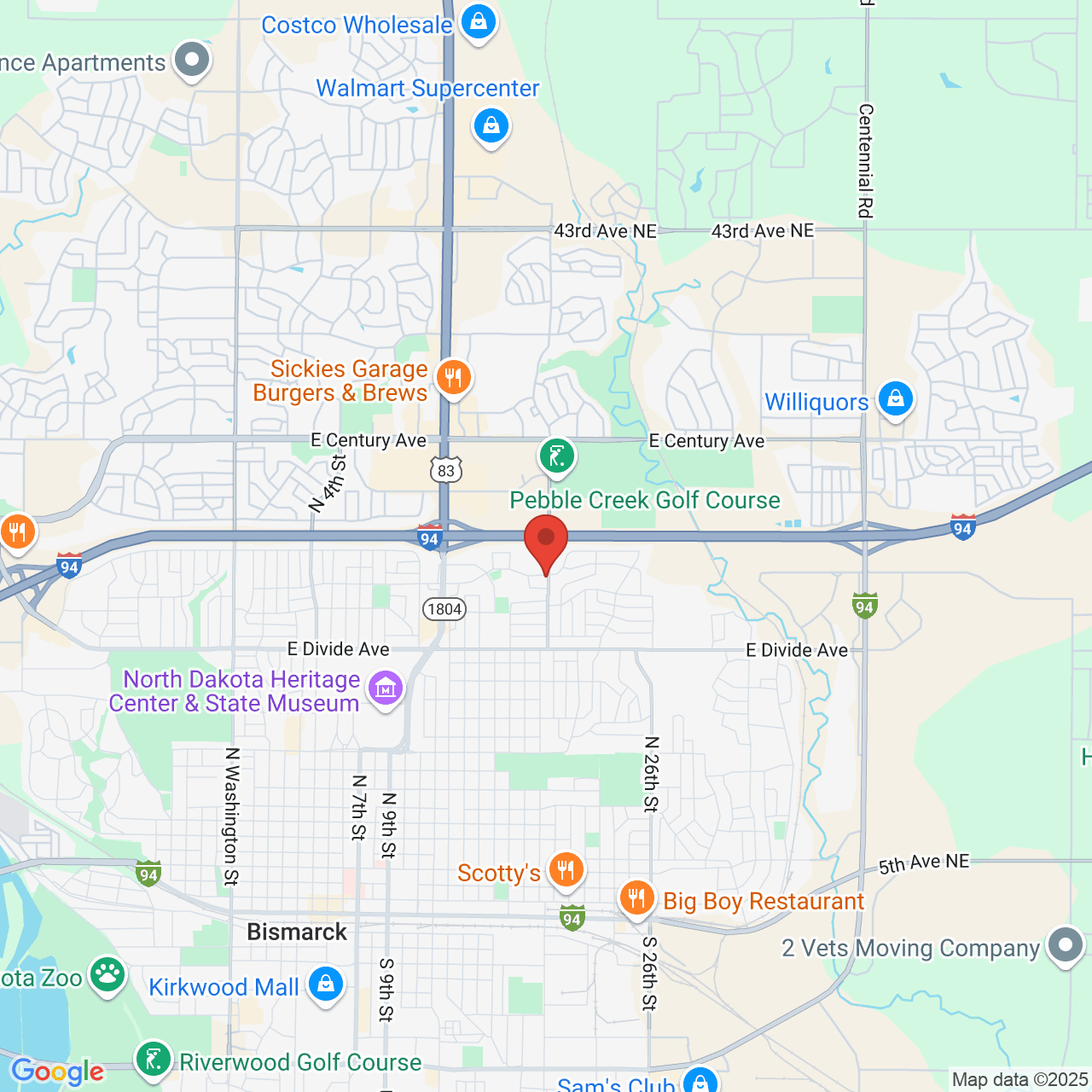Treatment for a Cracked Tooth
 A cracked tooth is a deep hairline fracture running through a tooth, usually a molar (back tooth). It can be caused by a traumatic event, such as inadvertently biting down on a hard object. Cracks can also develop over time. They are more common in patients who grind or clench their teeth.
A cracked tooth is a deep hairline fracture running through a tooth, usually a molar (back tooth). It can be caused by a traumatic event, such as inadvertently biting down on a hard object. Cracks can also develop over time. They are more common in patients who grind or clench their teeth.
At Heringer Dentistry in Bismarck, ND, we offer restorative dentistry treatment to improve the health of a cracked tooth. Read on to learn more about your treatment options for a cracked tooth.
Symptoms of a Cracked Tooth
Typically, patients complain of sharp pain in one of the back teeth, particularly when biting down on something hard, such as a piece of bacon or bread crust. In many cases, patients experience worsening pain for several weeks or even months.
Patients with a cracked tooth can also experience discomfort as they are releasing their bite on a fibrous or sticky type of food. In addition, patients experience sensitivity to cold liquids and foods.
In most cases, the pain is isolated to a single tooth or area of the mouth.
Diagnosing the Cracked Tooth
In some cases, patients are not sure exactly which tooth is affected, but rather they indicate an area of the mouth in which they are experiencing pain.
Sometimes, the dentist can see the fracture line in a cracked tooth. However, healthy teeth also have "craze lines," which are tiny microfracture lines that can often be seen in the enamel. For this reason, a visible fracture line may or may not be indicative of a cracked tooth.
During your exam, we will take X-rays, examine your tooth, and discuss your symptoms to determine which tooth is affected.
Clinical Tests for Cracked Teeth
If an actual fracture line cannot be visualized, we can perform clinical tests.
The most reliable test for a cracked tooth is the bite test. This involves having the patient bite down, one tooth at a time, on a firm object, such as a cotton swab stick or a special instrument designed for this purpose.
In addition, the use of microscopes and X-rays can reveal fractures within a tooth.
The Important of Treating a Cracked Tooth
A fracture can progress deeper into the tooth and extend into the pulp, or nerve, of the tooth or into the periodontal ligament that attaches the tooth to the surrounding bone. When either of these occurs, the prognosis for the tooth becomes poor and extraction may be required.
To treat a minor tooth fracture, we can place a composite filling to fill in the crack and prevent bacteria from damaging surrounding tooth material. In some cases, the filling may cover the entire top of the tooth.
For deeper fractures, the tooth may need to be capped with a ceramic crown. A crown completely encases the tooth to provide strength and support.
Prior to the placement of any restoration, we will clean and sterilize the infected tooth. This may include root canal to remove inflamed dental pulp.
Contact Our Practice
Patients who are experiencing pain when they bite down on a tooth are encouraged to visit a dentist as soon as possible. In many cases, the treatment is straight-forward and predictable, and early treatment can prevent progression to something much worse.
Contact Heringer Dentistry online or call us at (701) 255-4850.


